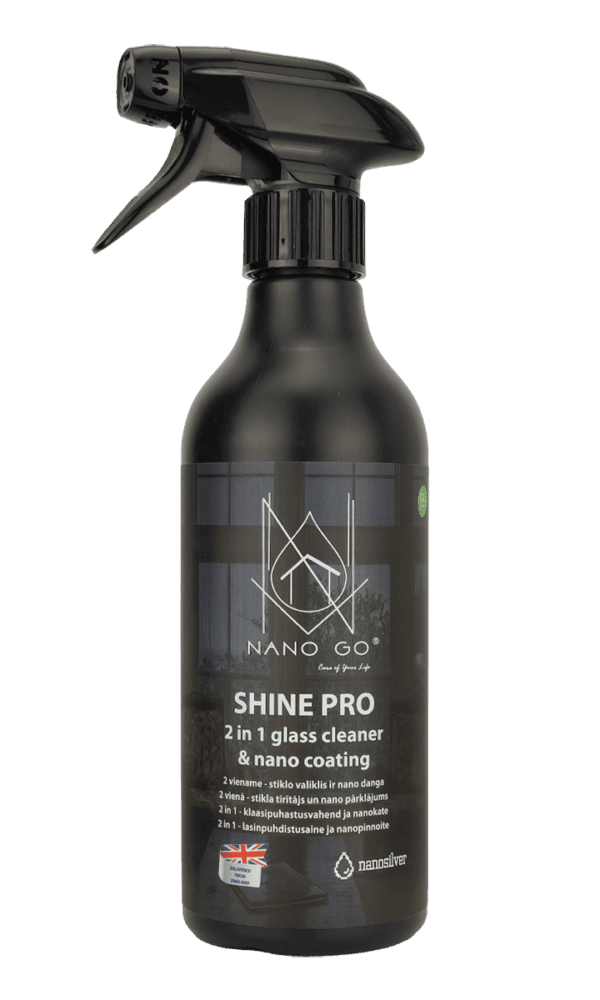Nanosilver
NANOTECHNOLOGY | NANO GO® brings you into the world of Leading Innovation.
NANOSILVER FEATURES
Silver is a noble metal with strong antimicrobial qualities that have been known for a century. To avoid infections, early travellers and soldiers carried food and drink in silver vessels. The nanoparticle-based fragmentation of silver enhances its unique features and opens up new application areas.
Many NANOGO® products contain nanosilver (Ag) from 5ppm to 15ppm, which makes it safe to say that the antimicrobial efficacy of NANOGO® products is indisputable. Microbes’ cells are easily penetrated by silver nanoparticles, severely damaging vital structures. Because of this, solutions containing nanosilver colloids (nanosilver suspension insolvent) can kill pathogens and prevent bacteria and other organisms from colonizing surfaces enhanced with nanosilver particles. In contrast to ionic solutions of silver salts, sometimes referred to as “dirty conditions,” where impurities lead to silver precipitation and significantly lower product activity, nanosilver suspensions are more active. Metallic nanosilver doesn’t migrate from the structure of enhanced material and is resistant to UV radiation degradation (it doesn’t change colour in sunlight). The extraordinary antibacterial activity of nanosilver, which surpasses that of conventional antimicrobial agents, is the cause of the rising interest in nanosilver formula (silver works non-specific in opposition to, for instance, antibiotics which can be active for few microbes’ strains only). Demonstrates excellent durability and a low cost-to-effect ratio. For an average user, products enhanced with nanosilver will provide unexpected outcomes over time. The utility of this finished product in everyone’s daily lives was identified by the nanosilver created at NANOGO partner laboratories. Numerous evaluations and tests have proven that our solutions produce outstanding outcomes.
For commercial applications, we provide nanosilver products in powder or colloidal suspension form. The diameter of nanoparticles is between 5 and 15 nm (usually 9 nm). As a result, our nanoparticles can thoroughly enhance the final product by completely penetrating the structure of the materials. A tiny component like this guarantees strong antimicrobial activity even at low concentrations.
Q/A
What is nanosilver?
Nanosilver is the disintegration of silver metal into nano-particles, which are extremely small and have a nanometer size. This means that the silver particles are much smaller than one micrometre. Nanosilver is widely used in medicine and household products due to its antimicrobial properties.
How is nanosilver made, what is its composition?
The process of nanosilver production involves several important steps that ensure the quality and efficiency of the product. Let’s start with the composition – the ratio of chemical elements in nanosilver. Nanosilver is silver on a nano (or smallest) scale, most commonly produced using a chemical method. Therefore, its composition is very similar to that of regular silver. Various chemical substances, such as silver and reducers, are used in the chemical production process to enable the reaction and create nanosilver. It is these materials, along with the proper conditions such as temperature and pressure, that allow for the synthesis of the desired composition and structure of the product.
The production of nanosilver has a significant influence on the quality and properties of the product. Thus, to obtain high-quality nanosilver, the production process involves numerous recycling and purification stages. These stages include filtration, washing, and drying to remove any impurities and control the size and morphology of the product.
Everything about nanosilver and its composition cannot be described in detail in one sentence. However, based on existing research and scientific articles, it can be concluded that nanosilver production is a complex process involving multiple stages to achieve high-quality production.
Why is nanosilver used in cleaning products?
Nanosilver in cleaning products refers to the use of silver nanoparticles in the formulation of cleaning solutions. These silver nanoparticles are extremely tiny particles of silver that have unique properties. When used in cleaning products, nanosilver can effectively kill pathogens and prevent the colonization of surfaces by bacteria and other microorganisms.
What are the benefits of nanosilver in cleaners?
One of the key reasons why nanosilver is effective in cleaning products is its ability to penetrate microbes’ cells and cause severe damage to their vital structures. This property allows nanosilver colloids, which are suspensions of nanosilver particles in a solvent, to effectively eliminate pathogens. Unlike traditional ionic silver salts, which can precipitate and lower the activity of the cleaning product, nanosilver suspensions remain highly active.
The use of nanosilver in cleaning products offers several advantages. Firstly, it provides a powerful antimicrobial action, effectively reducing the presence of harmful bacteria and other microorganisms on surfaces. This can help in maintaining a hygienic environment and preventing the spread of infections.
Furthermore, the small size of nanosilver particles allows them to cover a larger surface area, increasing their efficacy in cleaning. This enables the cleaning product to reach into tiny crevices and cracks where bacteria may reside, ensuring a more thorough cleaning process.
Additionally, nanosilver particles have shown promise in preventing the development of antibiotic-resistant strains of bacteria. By targeting the vital structures within microbial cells, nanosilver can disrupt the adaptive mechanisms that lead to antibiotic resistance. This potential benefit makes nanosilver an attractive option for cleaning products, particularly in environments where antibiotic-resistant bacteria pose a significant threat.
Is nanosilver harmful to human health?
The use of nanosilver in cleaning products has attracted considerable attention due to its ability to fight harmful micro-organisms. Silver has long been recognised for its antimicrobial properties and the use of nanosilver particles further enhances its effectiveness. When nanosilver particles come into contact with micro-organisms, they cause structural damage to cell membranes, interfering with essential life processes. When nanosilver penetrates cells, it disrupts their vital structures, ultimately killing the micro-organisms. This mode of action distinguishes nanosilver as a powerful tool in the fight against pathogens. According to a study entitled “Application of silver nanoparticles in viral inhibition: A new hope for antivirals”, nanosilver has shown promising antiviral properties. It has been shown to be effective against a wide range of viruses, including influenza, HIV and herpes simplex virus. The nanoparticles work by interacting with the surface of the virus and inhibiting its replication process. This discovery has opened up new applications for nanosilver in the development of antiviral therapies. The available research material to date shows that the use of nanosilver in cleaning products, when used according to recommended guidelines and at reasonable concentrations, does not pose a risk to human health. Regulators such as the US Environmental Protection Agency (EPA) and the European Chemicals Agency (ECHA) have established guidelines for the safe use of nanosilver in widely consumed products, including cleaning products, to reduce potential risks.
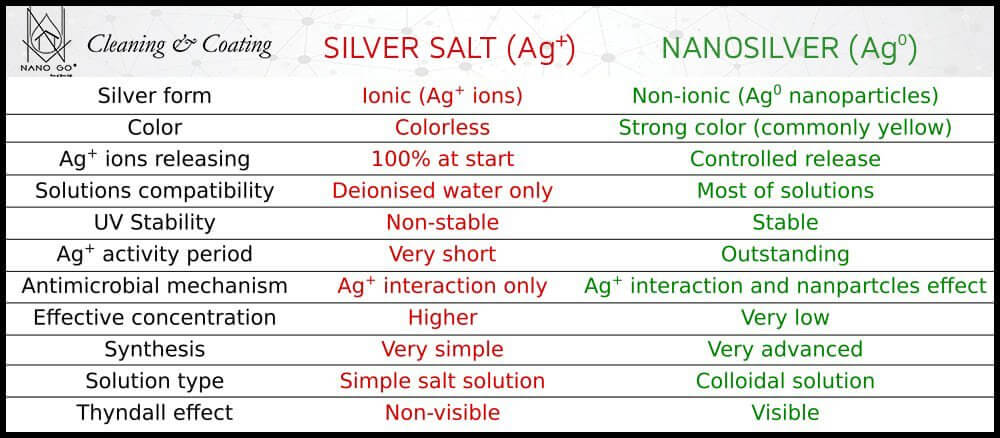
NANOTECHNOLOGY | NANO GO® brings you into the world of Leading Innovation.

-
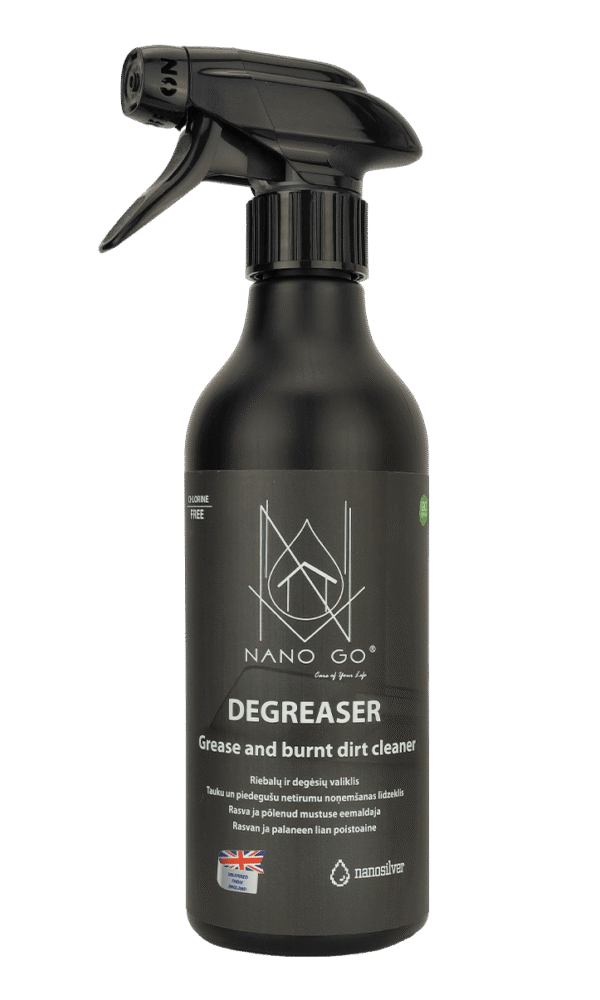 Degreaser14.95€
Degreaser14.95€ -
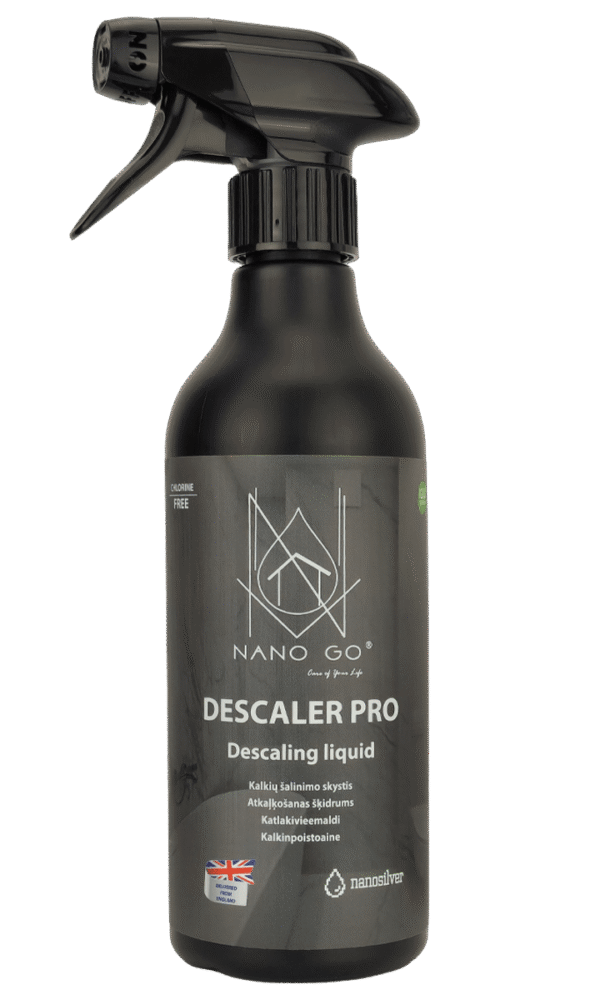 Limescale Remover PRO 500ml14.95€
Limescale Remover PRO 500ml14.95€ -
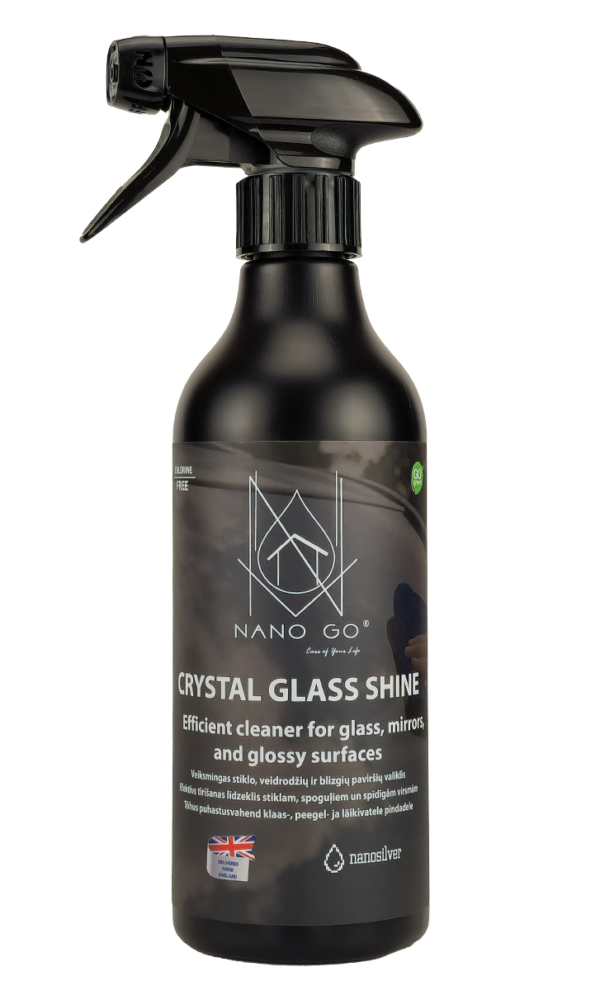
-
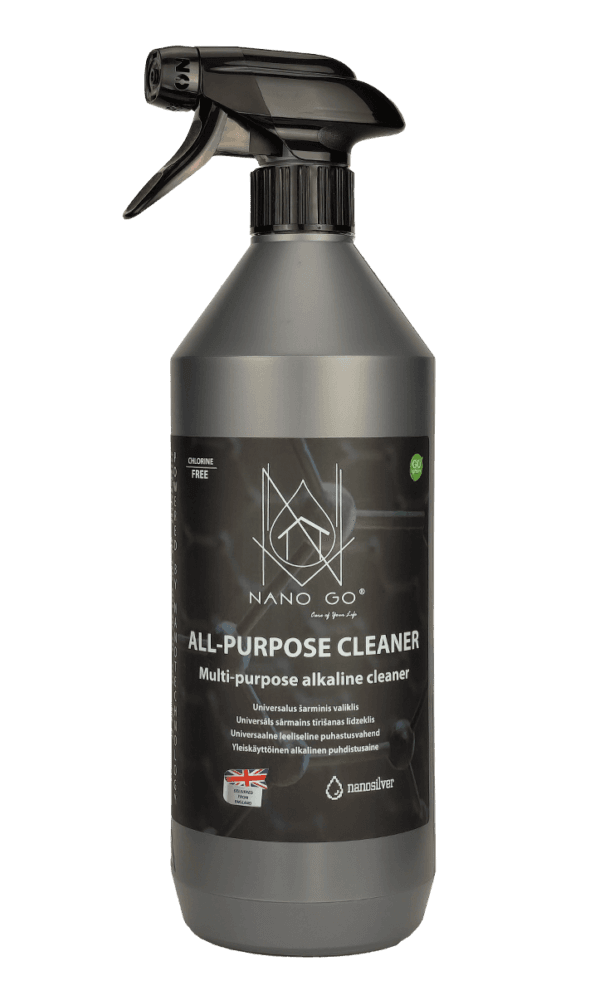
-
